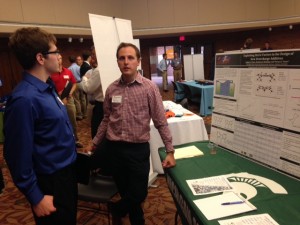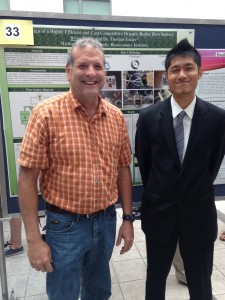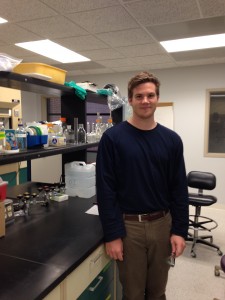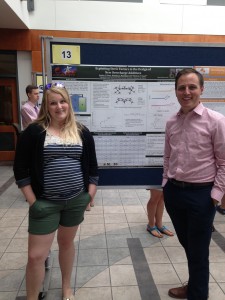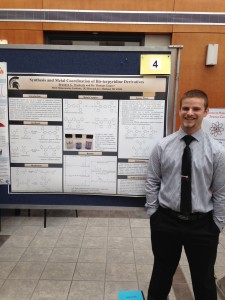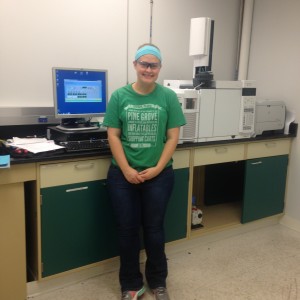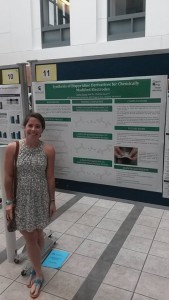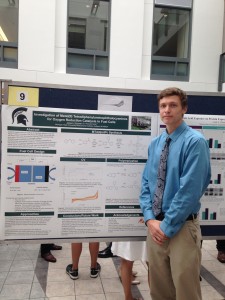We got some very positive comments on our anonymous intern evaluations from last summer. Here are a few…
Q: Did you find the experience valuable?
A: This was one of the best experiences I’ve had that allowed me to see the environment that an organic chemist might be working in.
A: I learned a lot about synthesis techniques and the importance of reproduceable results. I also learned a lot about reaction planning and time management. Overall, a very valuable experience.
Q: What did you like most about the summer research experience?
A: I enjoyed the freedom to make a lot of research decisions independently while periodically checking in with Dr. Guarr. I also like the freedom to get our 40 hours in many different ways.
A: The freedom to go in new directions with the project and being able to work with other students so that you could ask their opinions when making certain decisions.
A: Learning about how what we’re doing in this lab will be applied to engineer better solutions for future technology. Also, the people I met!
A: I most liked working with Dr. Guarr and my lab mates. Everyone here was very fun, kind, and intelligent. I also really liked our well-rounded experience, with tours at New Holland Brewing, Gentex, and a presentation from a patent attorney.
A: Research + volleyball
Q: Would you recommend the MSUBI Summer Intern program to others?
A: Absolutely!
Thank you for the kind words and additionally for the helpful feedback and suggestions you provided. We will take your suggestions under advisement and continue to improve this program.
